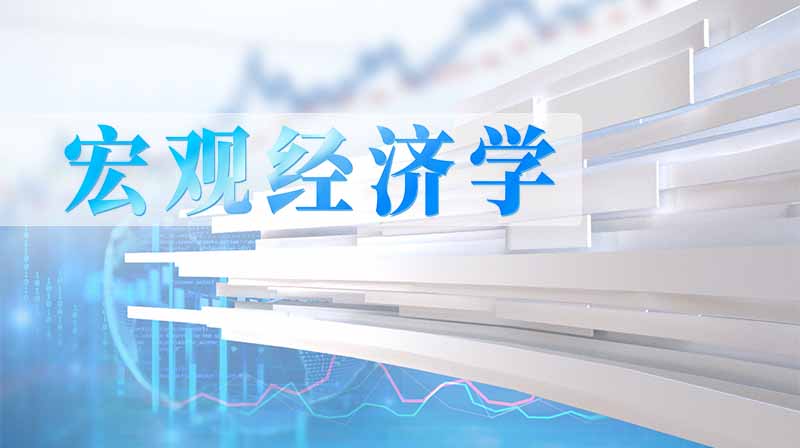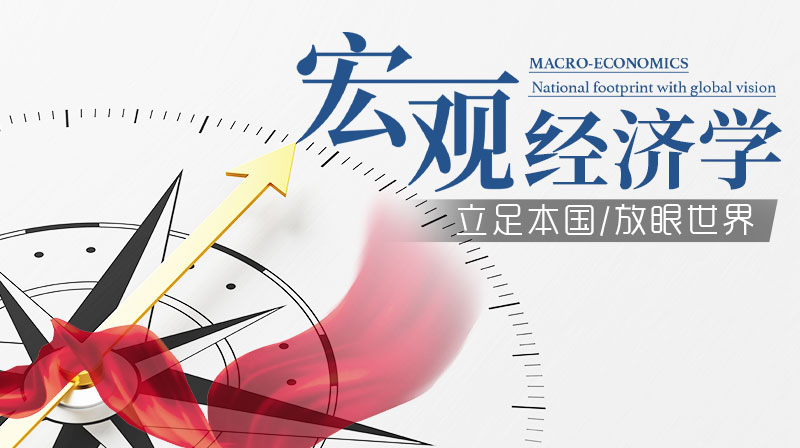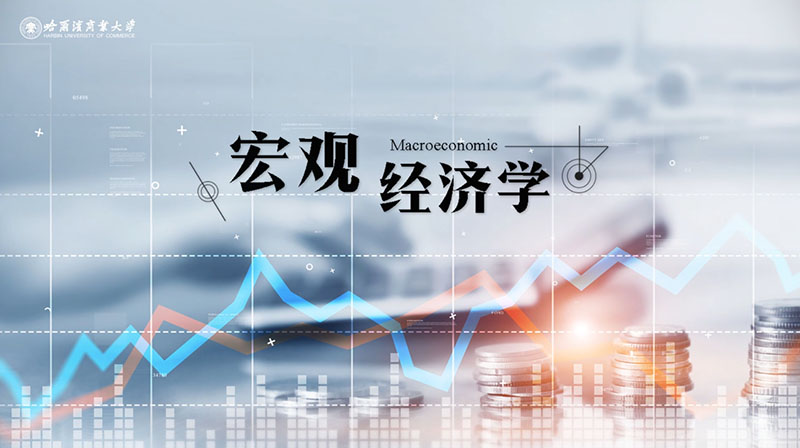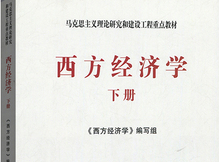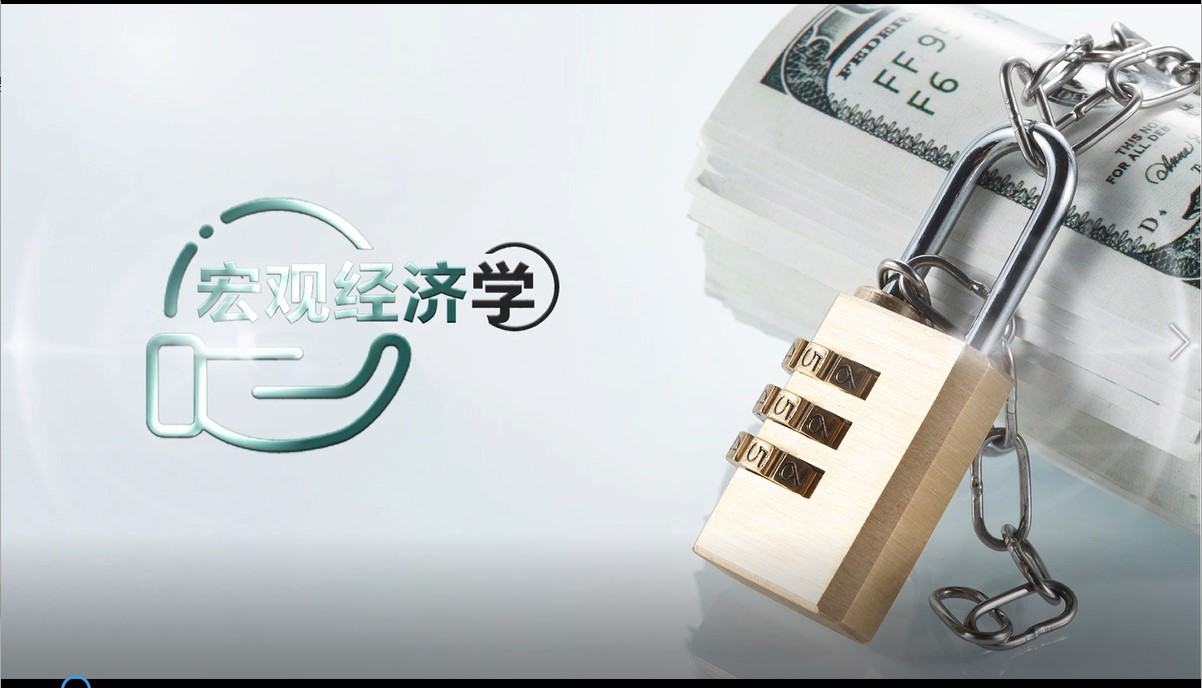第五章单元测试
On a bank's Taccount, which are part of the bank’s assets?
A bank loans Kellie's Print Shop $350,000 to remodel a building near campus to use as a new store. On their respectivebalance sheets, this loan is
A:neither deposits made by its customers nor reserves B:reserves but not deposits made by its customers C:both deposits made by its customers and reserves D:deposits made by its customers but not reserves
答案:reserves but not deposits made by its customers
A:a liability for the bank and an asset for Kellie's Print Shop. The loan does not an asset for the bank and a liability for Kellie's Print Shop. The loan increases the a liability for the bank and an asset for Kellie's Print Shop. The loan increases the an asset for the bank and a liability for Kellie's Print Shop. The loan does not 内容已经隐藏,点击付费后查看
A bank has an 8 percent reserve requirement, $10,000 in deposits, and has loaned out all it can given the reserverequirement.
A:It has $800 in reserves and $9,200 in loans. B:It has $80 in reserves and $9,920 in loans. C:It has $1,250 in reserves and $8,750 in loans.
If the reserve requirement is 12 percent and banks desire to hold no excess reserves, when a bank receives a new depositof $1,000,
A:it will be able to make new loans up to a maximum of $880. B:its total reserves initially increase by $120. C:it must increase its required reserves by more than $150.
If a bank uses $200 of excess reserves to make a new loan when the reserve ratio is 15 percent, this action by itselfinitially makes the money supply
A:and wealth increase by $200. B:increase by $200 while wealth does not change. C:decrease by $200 while wealth decreases by $200. D:and wealth decrease by $200.
If the central bank in some country raised the reserve requirement, then the money multiplier for that country
A:would not change. B:would decrease. C:would increase.
If the reserve ratio is 15 percent, the money multiplier is
A:6.7. B:5.7. C:7.7. D:15.
Table 5-1. An economy starts with $50,000 in currency. All of this currency is deposited into a single bank, and the bank thenmakes loans totaling $45,750. The T-account of the bank is shown below.
Assets | Liabilities |
Reserves $4,250 | Deposits $50,000 |
Loans 45,750 |
Refer to Table 5-1
The bank’s reserve ratio is
A:8.5 percent. B:17.5 percent. C:100 percent. D:91.5 percent.
When the Fed conducts open-market purchases,
A:it buys Treasury securities, which decreases the money supply. B:it buys Treasury securities, which increases the money supply. C:it lends money to member banks, which decreases the money supply. D:it borrows money from member banks, which increases the money supply.
The Fed can increase the money supply by conducting open-market
A: purchases or by lowering the discount rate. B:purchases or by raising the discount rate. C:sales or by lowering the discount rate. D:sales or by raising the discount rate.
